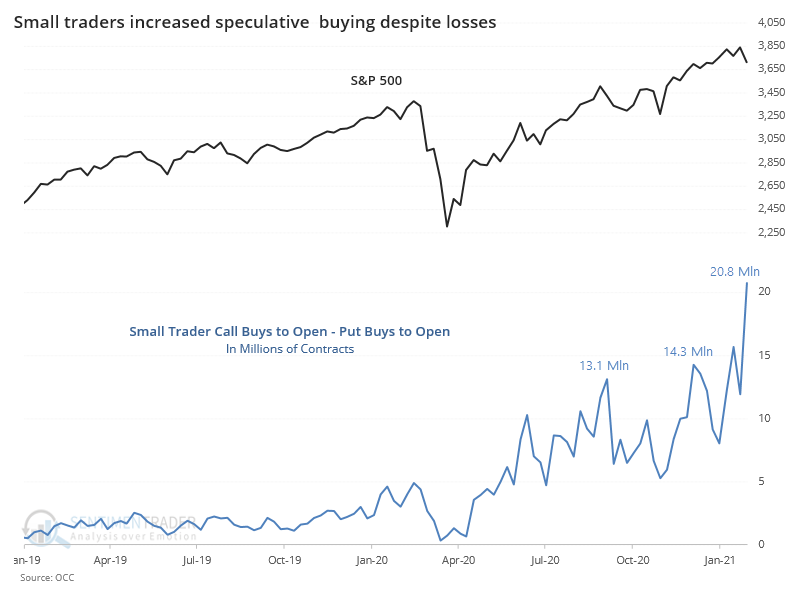1. Low Quality Leading Rally
Crossing Wall Street
Eddy Elfenbein on February 8th, 2021 at 11:53 am
One of the factors that is used to dissect the market is “quality.” Analysts like to see if high-quality stocks are leading the charge, or if they’re being left behind. That’s assumed to be a good indicator of what investors are thinking.
At the outbreak of the coronavirus, investors flocked to high quality names. That makes sense. But since May, high quality has lagged. Actually, it’s lagged pretty badly.
Here’s a chart of Fidelity’s Quality ETF divided by the S&P 500.




